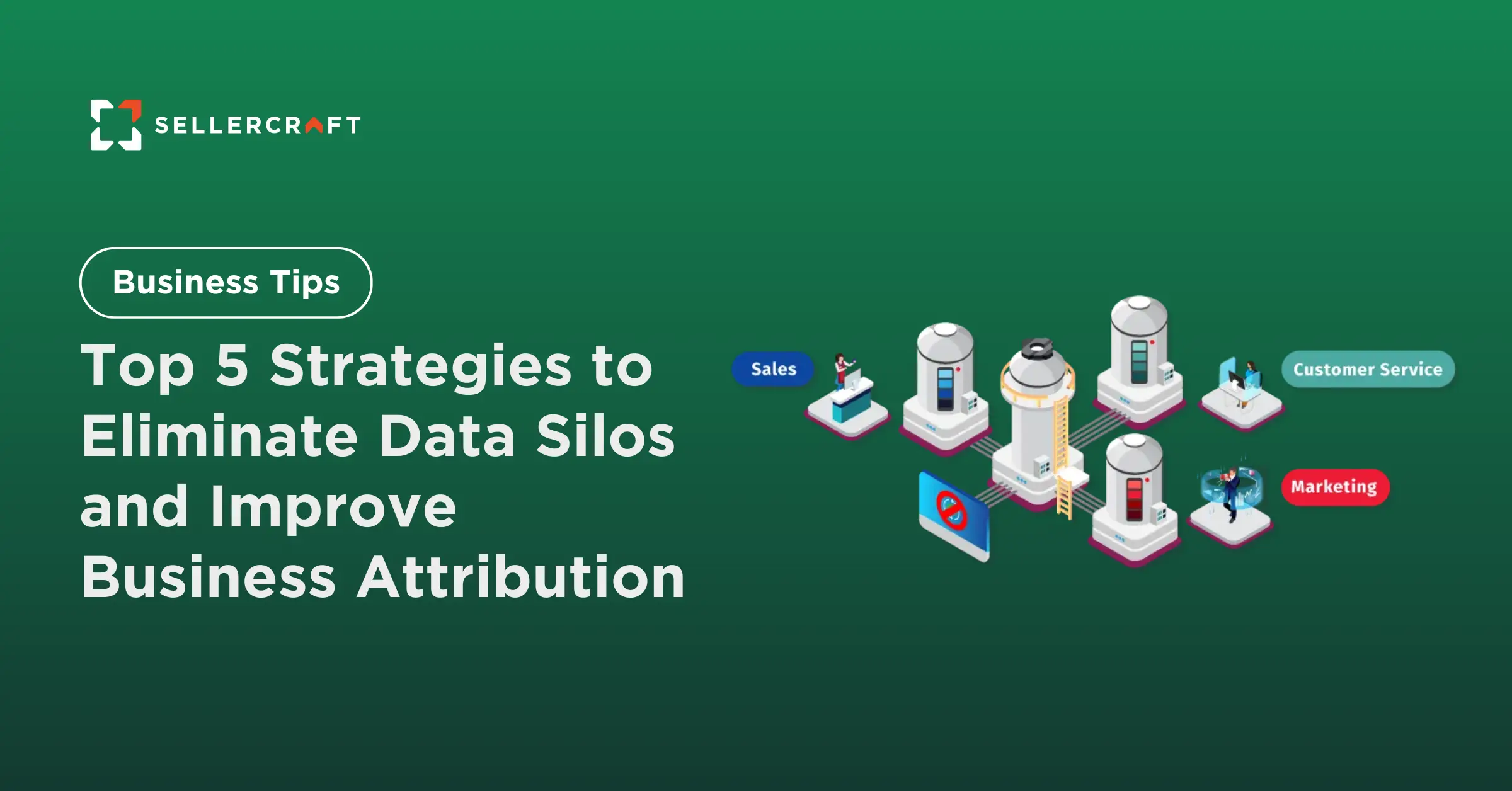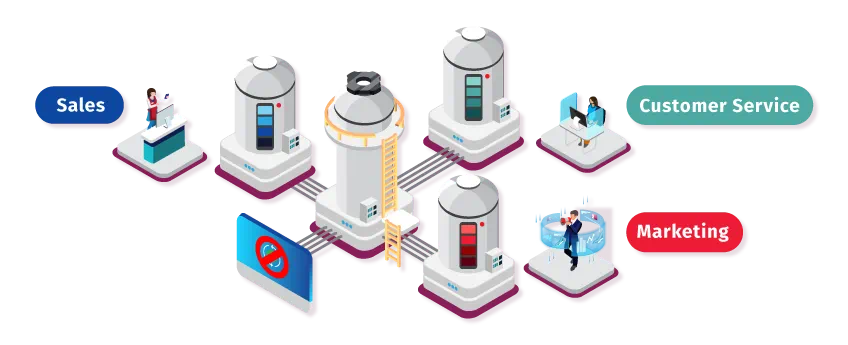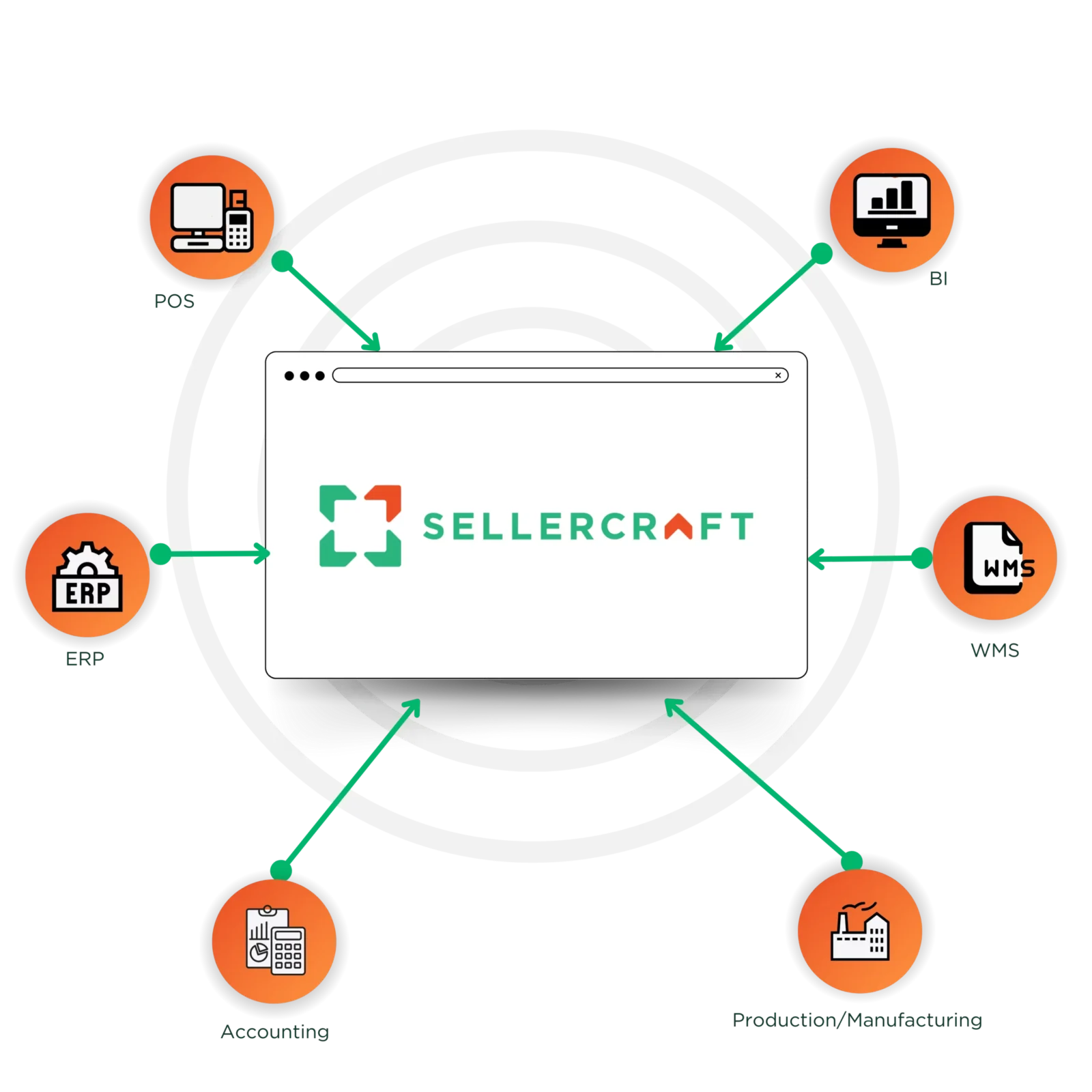5 Effective Strategies to Overcome Data Silos and Boost Business Attribution
Breaking down data silos with the right strategies improves attribution, sharpens decision-making, and drives sustainable business growth.

Understanding The Data Silos
Data silos are formed when information is separated within certain departments or systems, frequently due to different technology, incompatible formats, or organisational hurdles. This separation causes redundancies, inconsistencies, and inefficiencies in data consumption, limiting the ability to extract complete insights.

The Impact of Data Silos on Business Growth
Data silos can have a major adverse effect on business operations and decision making. Here are a few important ways that data silos can harm business performance:
Fragmented Insights
Data silos spread insights across departments and systems. Fragmentation affects business success and customer behaviour comprehension. Decision-makers lack the full picture to recognise organisational trends, opportunities, and threats.
Reduced Data Accuracy and Consistency
Inconsistencies and errors can occur when departments or systems store and manage data separately. Different data formats, definitions, and quality standards cause reporting and analysis discrepancies. The trustworthiness of strategic decision-making insights is compromised.
Inefficient Operations and Resource Allocation
Inefficient operations and resource allocation may result from a lack of data unity. Data silos make it hard to optimise processes, manage resources, and adapt to market changes. Inefficiency causes wasted opportunities and higher operational costs.
Poor Customer Experience
Data silos can hurt customer experience by impeding a complete picture of customer tastes and interactions. Businesses struggle to personalise and predict client requirements without integrated customer data. This might reduce sales and satisfaction among customers.
Compliance and Security Risks
Security and compliance problems arise from data silos. Decentralised data management makes it hard to enforce security or comply with regulations like GDPR and HIPAA. The organisation risks breaches, penalties, and legal troubles.
Business agility, innovation, and competitiveness are hindered by data silos. They hinder the company's data use and decision-making. Proactive data integration, governance frameworks, cooperation, and advanced analytics are needed to overcome these issues.
Now, let's look at a few useful strategies businesses can employ to break down data silos and reap the benefits of unified data management and analytics for better business attribution and results.
5 Useful Strategies to Overcome Data Silos
Overcoming these silos is vital for attaining accurate business attribution and actionable insights. Here are five proven ways for overcoming data silos and improving business attribution:
Data Integration
Data integration is the key to overcoming data silos. It entails merging data from several sources, such as customer data, sales numbers, and operational analytics, into one system or data warehouse. Businesses can build a single source of data by integrating several data sets, providing an overall picture of the company's operations. This integration improves analysis and decision-making, as well as business attribution, by integrating multiple business operations and outcomes.

Data Governance
Implementing strong data governance standards proves vital for eliminating data silos. Data governance involves setting policies, methods, and standards for data management throughout an organisation. This provides data quality, consistency, and security, hence increasing trust in the data used for business attribution. Clear governance structures also encourage team participation and accountability, which fosters a culture of data-driven decision making.
Breaking Down Siloed Departments
Silos often form between departments that work independently and maintain their own data. Breaking down these silos demands cross-functional teamwork. Encourage teams to exchange data and insights across departments, emphasising the value of a cohesive data strategy for overall business performance. This collaborative approach helps to build a more unified and integrated data ecosystem.
Advanced Analytics
Using advanced analytics approaches like machine learning and forecasting can significantly boost businesses attribution capabilities. These strategies enable enterprises to identify hidden patterns, correlations, and trends in their integrated data sets. Businesses that use advanced analytics can obtain deeper insights into customer behaviour, market dynamics, and operational performance, resulting in more precise attribution of business results.
Unified Reporting
Developing unified reporting tools and dashboards is critical for overcoming data silos. A unified reporting system combines data from several sources to create intuitive representations and reports that are accessible to stakeholders throughout the organisation. This allows for real-time monitoring of key performance indicators (KPIs) and promotes data-driven decision-making at all levels. Unified reporting promotes transparency and alignment, ensuring that everyone has the same understanding of business performance and attribution indicators.
Sellercraft with API Integration for Business Enterprise Solutions
Sellercraft provides a business-essential enterprise solution API integration that addresses the issues caused by data silos and inefficient operations. By integrating important company platforms such as ERP, WMS, POS, CRM, and accounting, Sellercraft allows businesses to centralize control and automate procedures.

Key benefits of Sellercraft's Enterprise Solution
Single Source of Truth
Establishes a reliable, unified source of data for reconciliation, reporting, and strategic decision-making.
Automation
Reduces manual processing and data discrepancies, enhancing efficiency and accuracy.
Enhanced Communication
Facilitates cross-departmental communication and collaboration, fostering a cohesive operational environment.
Scalable API Connectivity
Seamlessly integrates disparate systems, transforming them into a unified force to drive business growth.
Costs Saving
Instead of subscribing to numerous software services, simply connect to Sellercraft. By paying only for Sellercraft, you can reduce labor and manpower costs.
Sellercraft is more than just software. It's a strategic partner dedicated to achieving operational excellence and propelling business success through streamlined processes and optimized data utilization.
Summary
To summarise, breaking data silos is critical for enterprises wanting correct attribution and actionable insights. The strategies listed above, data integration, data governance, breaking down fragmented departments, using sophisticated analytics, and providing unified reporting tools, are key stages towards creating a united and integrated data environment.
These strategies not only increase operational efficiency, but also improve decision-making and customer satisfaction. Furthermore, using solutions such as Sellercraft's Enterprise Solution with API integration provides a thorough approach to centralising control, automating procedures, and creating a single source of truth.
By implementing these techniques and technologies, businesses may break down data silos, improve business attribution, and ultimately push growth and success in today's data-driven environment. Unified data management is key to achieving data's full potential for informed decision-making and long-term market competitiveness.